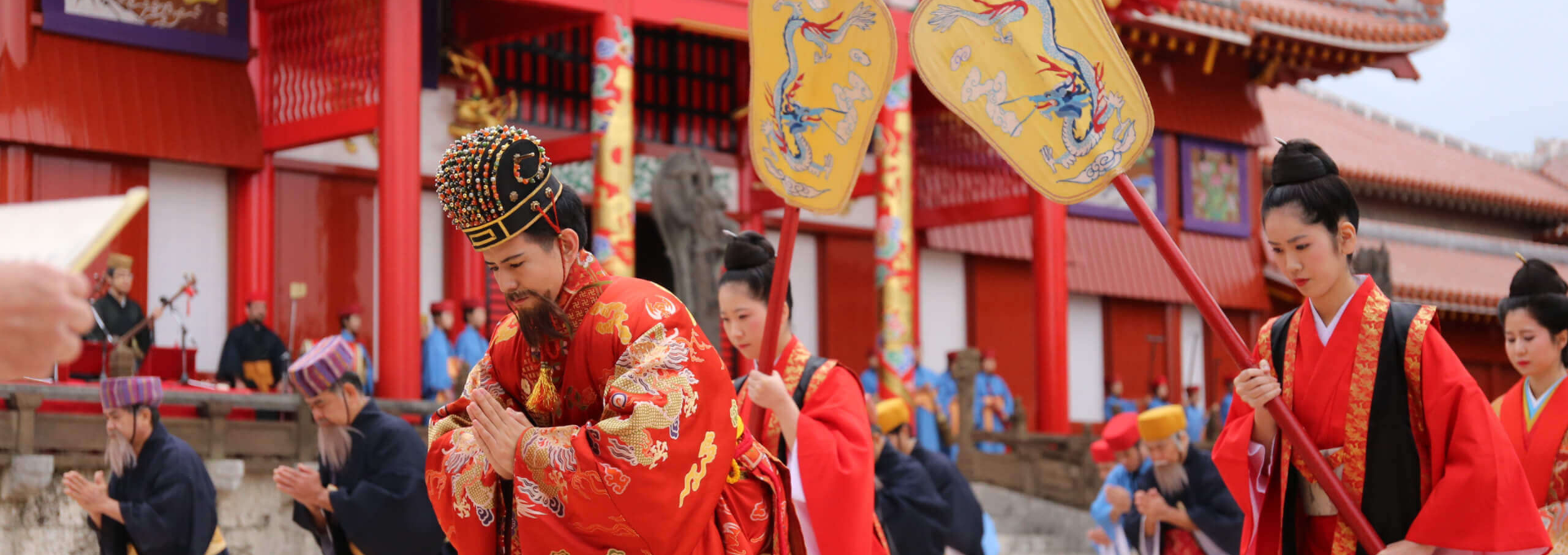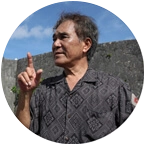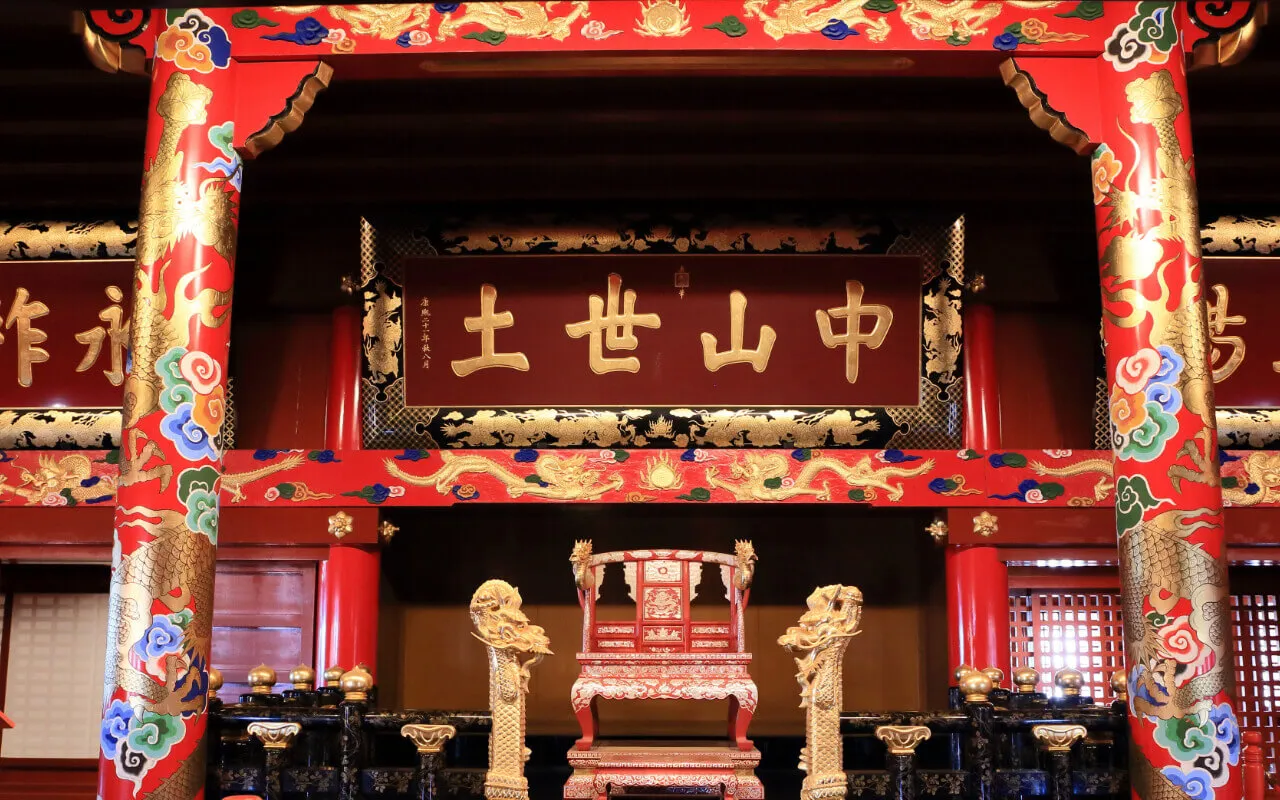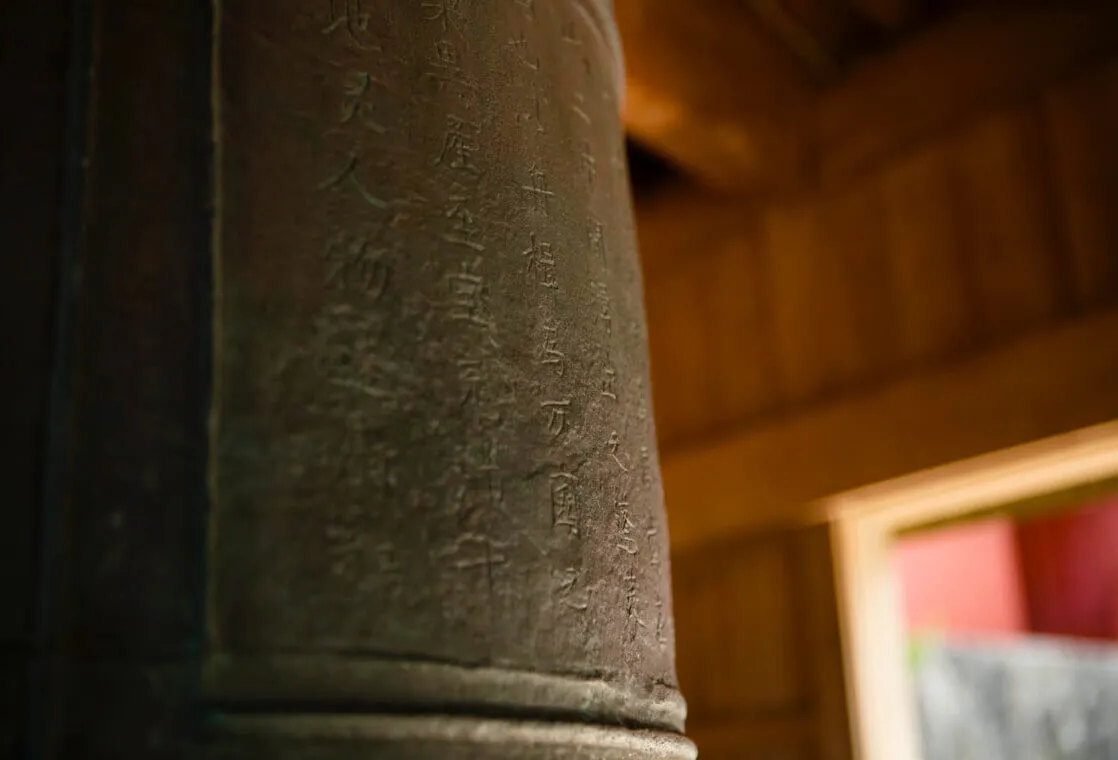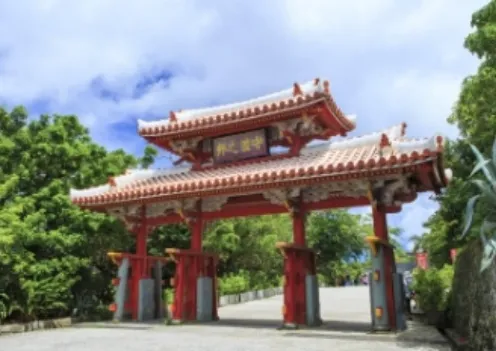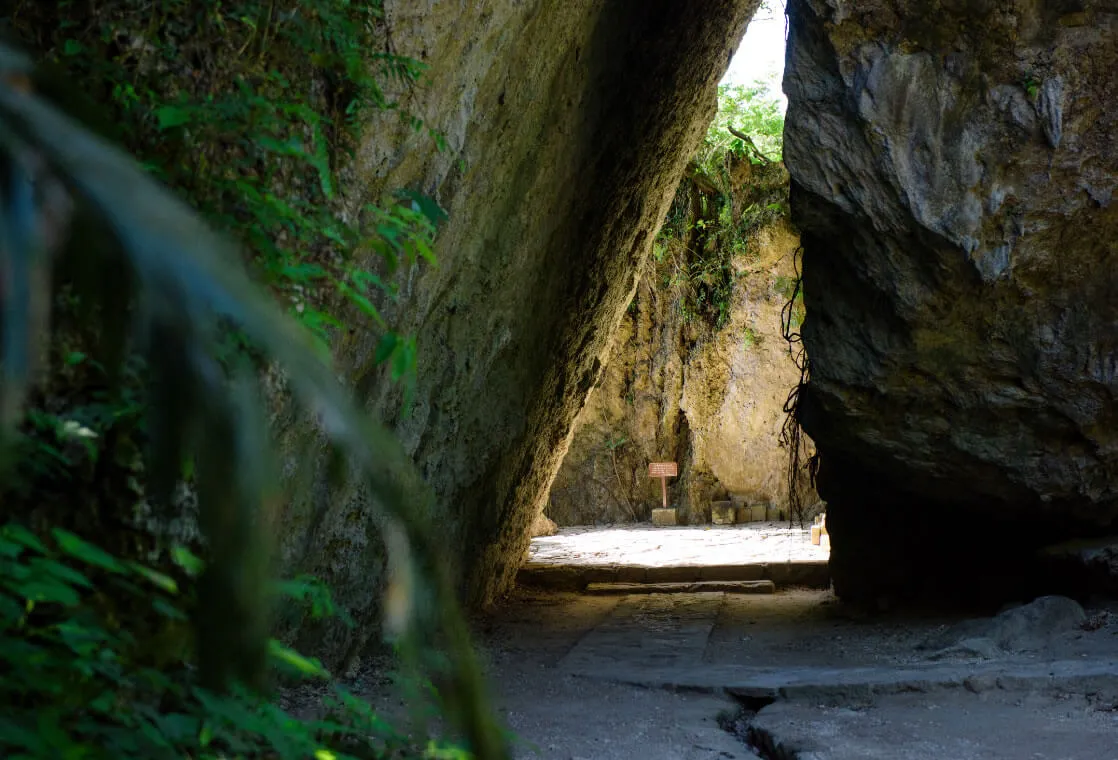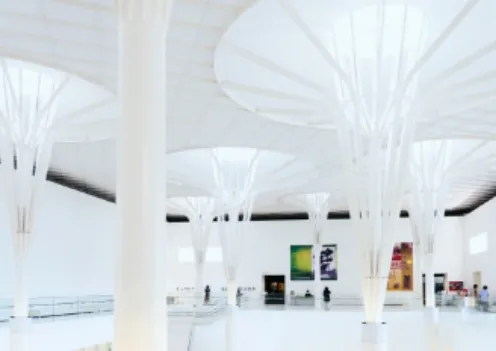#01
Shurijo Castle – A Symbol Of The Ryukyu Kingdom’s History
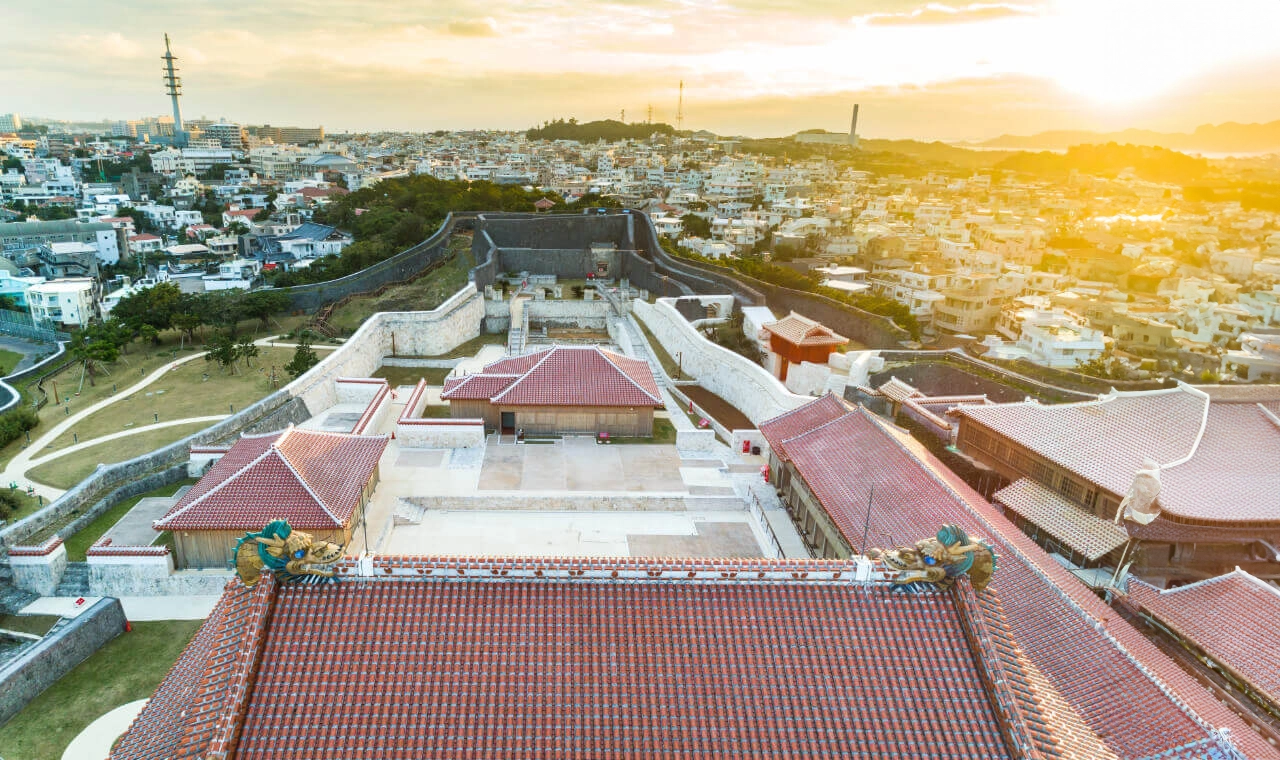
There are many castle ruins called gusuku at various places in Okinawa. Their sizes vary from very small to large, some of which have impressive limestone walls. Many of these gusuku were seats of political power of regional leaders called aji who went through tumultuous times as they aimed to expand their sphere of influence. The five castle ruins registered as UNESCO sites—Nakijin, Zakimi, Katsuren, Nakagusuku, and Shuri—are heritage sites representing all gusuku.
In 1429, the forces that held the Shurijo Castle (Shuri gusuku) unified Okinawa, giving birth to the Ryukyu Kingdom, ruled by a single king.
While governing the Ryukyu Kingdom and the islands stretching from Amami Islands to the Miyako and Yaeyama Islands, the ruling power prospered as a maritime kingdom that promoted active diplomacy and trade with China, Japan, Korea, and Southeast Asian countries.
In the spring of 1609, the Satsuma forces from the Japanese island of Kyushu who had overwhelming military power invaded Ryukyu and soon defeated the kingdom’s defenders. The kingdom continued, but was now controlled by the Satsuma Domain and by extension, the Tokugawa Shogunate, which was behind Satsuma. The Amami Islands were separated from the kingdom and put under the direct control of the Satsuma Domain.
The Ryukyuan people courageously endured these difficult years. They tried to create a unique position for the kingdom by planning for a complete renewal of the politics and administration at the same time that they promoted industry and projects that increased cultural sophistication. The royal Shuri government, located in Shurijo Castle, managed those projects. As an example, for the largest diplomatic event held with the delegates dispatched by the Chinese emperor, the people prepared a special stage on the square of Shurijo Castle (una) and displayed their Ryukyuan performing arts. The Ryukyu Mission that was sent to the Tokugawa Shogunate to pay their respects also exhibited their Ryukyuan performing arts at Edojo Castle. The bureaucrats of the royal Shuri government participated in these performances, seeking to display their cultural sophistication.
Japan, however, forging the path to becoming a modern nation-state after the Meiji Restoration (1868), abolished the Ryukyu Kingdom and turned it into Okinawa Prefecture and implemented policies making the area a Japanese territory.
In the spring of 1879, the Meiji government mobilized the military and police to pressure the last Ryukyu King to surrender Shurijo Castle. The King did not resist and left the castle with his court officials. This incident marks the end of the 450-year history of the Ryukyu Kingdom with its seat of power at Shurijo Castle.
After Okinawa Prefecture was instated, Shurijo Castle was sometimes used as military barracks, sometimes as a school, and also for other purposes, but the building continued to age. In the latter part of the Pacific War, Japanese garrison forces dug a tunnel under the castle and built their headquarters there. Because of this, Shurijo Castle was heavily bombed, resulting in its complete destruction. After the end of World War II, the castle ruins became the University of the Ryukyus campus.
When the University of the Ryukyus moved to a new campus, the project to rebuild Shurijo Castle on the ruins began. The reconstruction was completed in February 2019 after more than 30 years of sustained effort. (As of November 2019, only parts of the Shurijo Castle Park are open.)
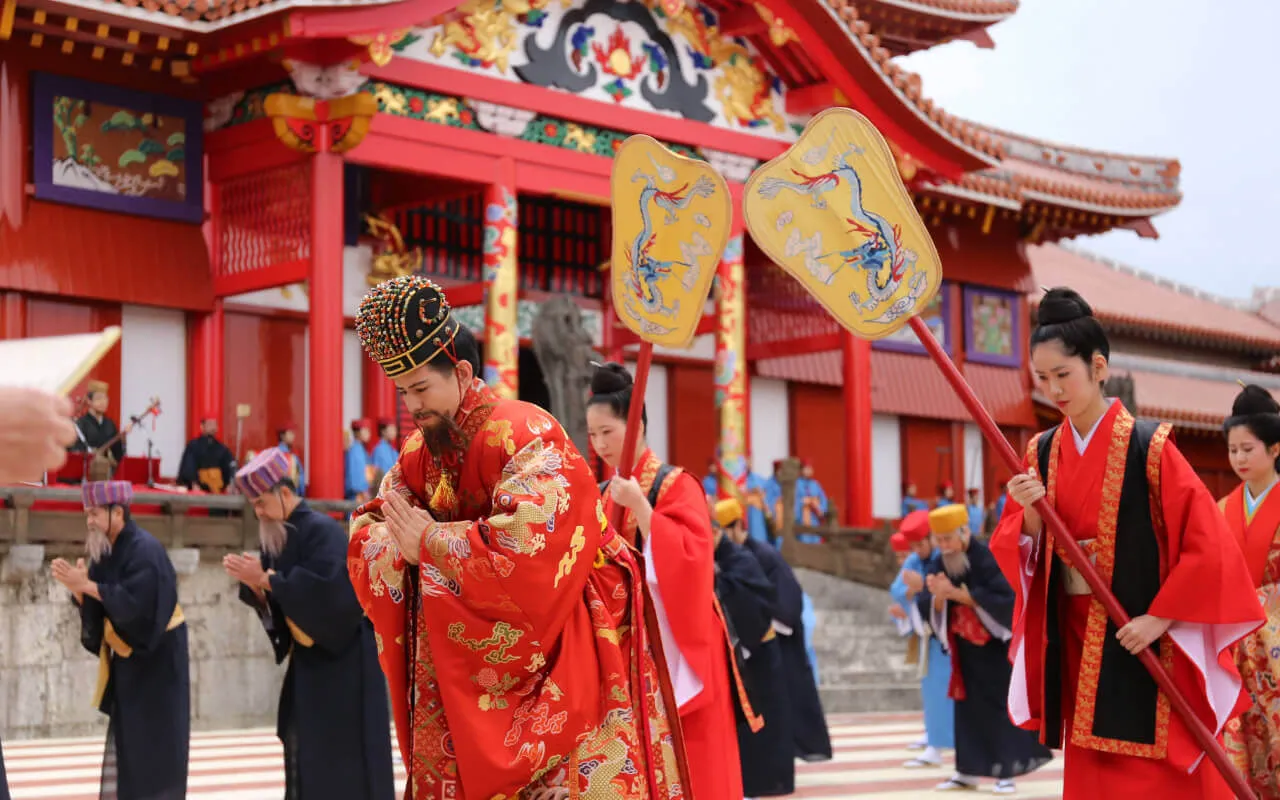
The rebuilt Shurijo Castle consisted of three main zones. The western zone centering on the Seiden (Main Hall) is the government and administrative area that housed the royal Shuri government’s headquarters. The eastern zone of the Seiden is called “Uuchibara” and was the living quarters of the King and his family. The southwestern zone of the castle called “Kyo-no-Uchi” is a forest with absolutely no building structures, because it was a holy site for communicating with the gods that protected the Ryukyu Kingdom.
The gods came down from heaven to the forest of Kyo-no-Uchi. Only women took the role of inviting the gods who communicated with them while they chanted songs. Having holy sites like this is a unique characteristic of the Okinawan gusuku, including Shurijo Castle.
The western zone centering on the Shurijo Seiden also features many characteristics unique to Ryukyu.
In particular, the Seiden, which is the symbol of Shurijo Castle in its entirety, is a unique work of architecture that displays a Ryukyuan aesthetic sensibility while incorporating Chinese and Japanese architectural culture. This building was once called “Momo Urasoe Udun,” which means the center of the Ryukyu Kingdom.
The Seiden expresses a sense of pride of the Ryukyuan people, stating, “We are Ryukyu,” even while continuing to interact with Asian countries through the times and learning from those cultures. The Seiden symbolizes the history of the Ryukyu Kingdom.

